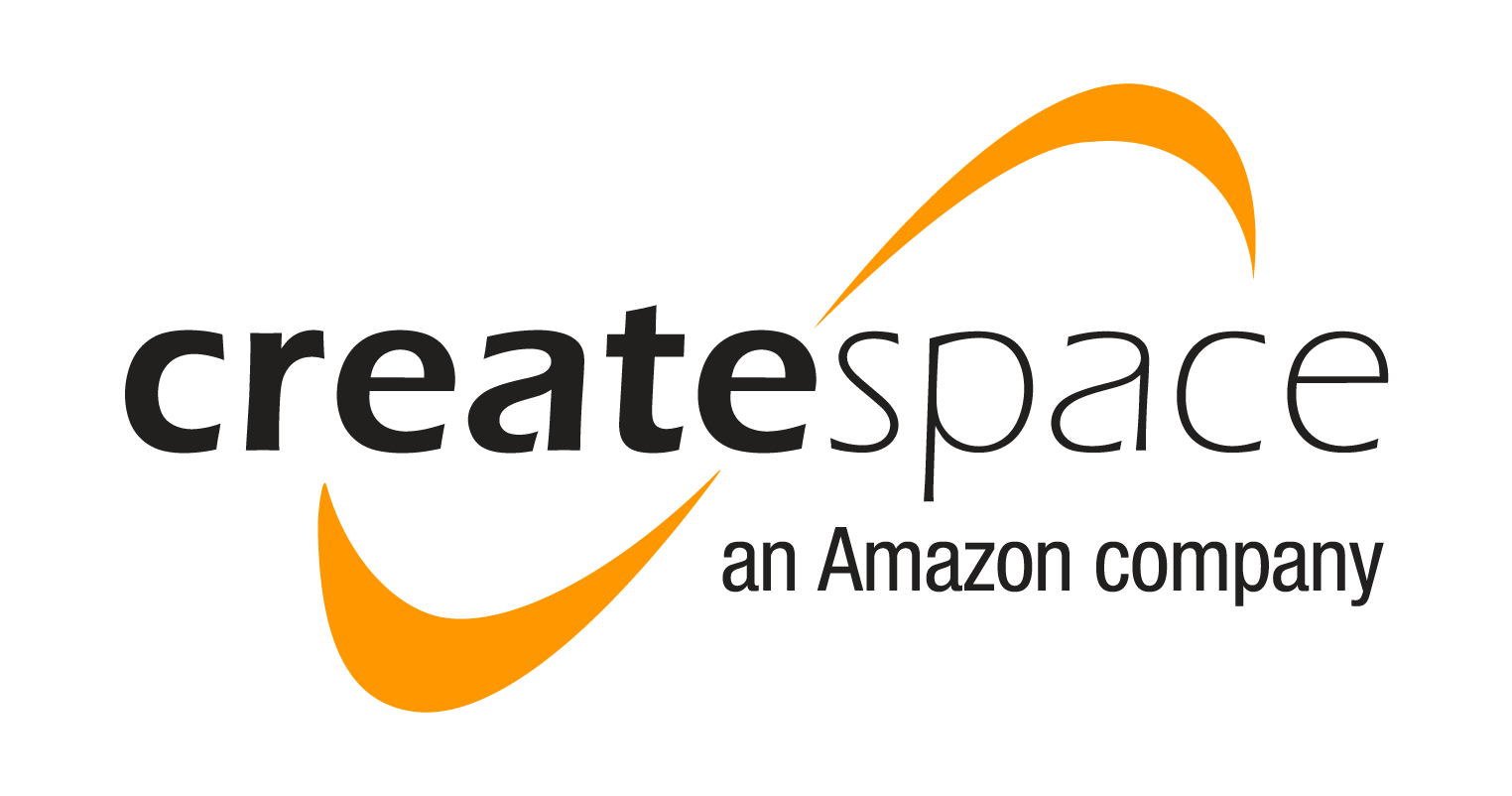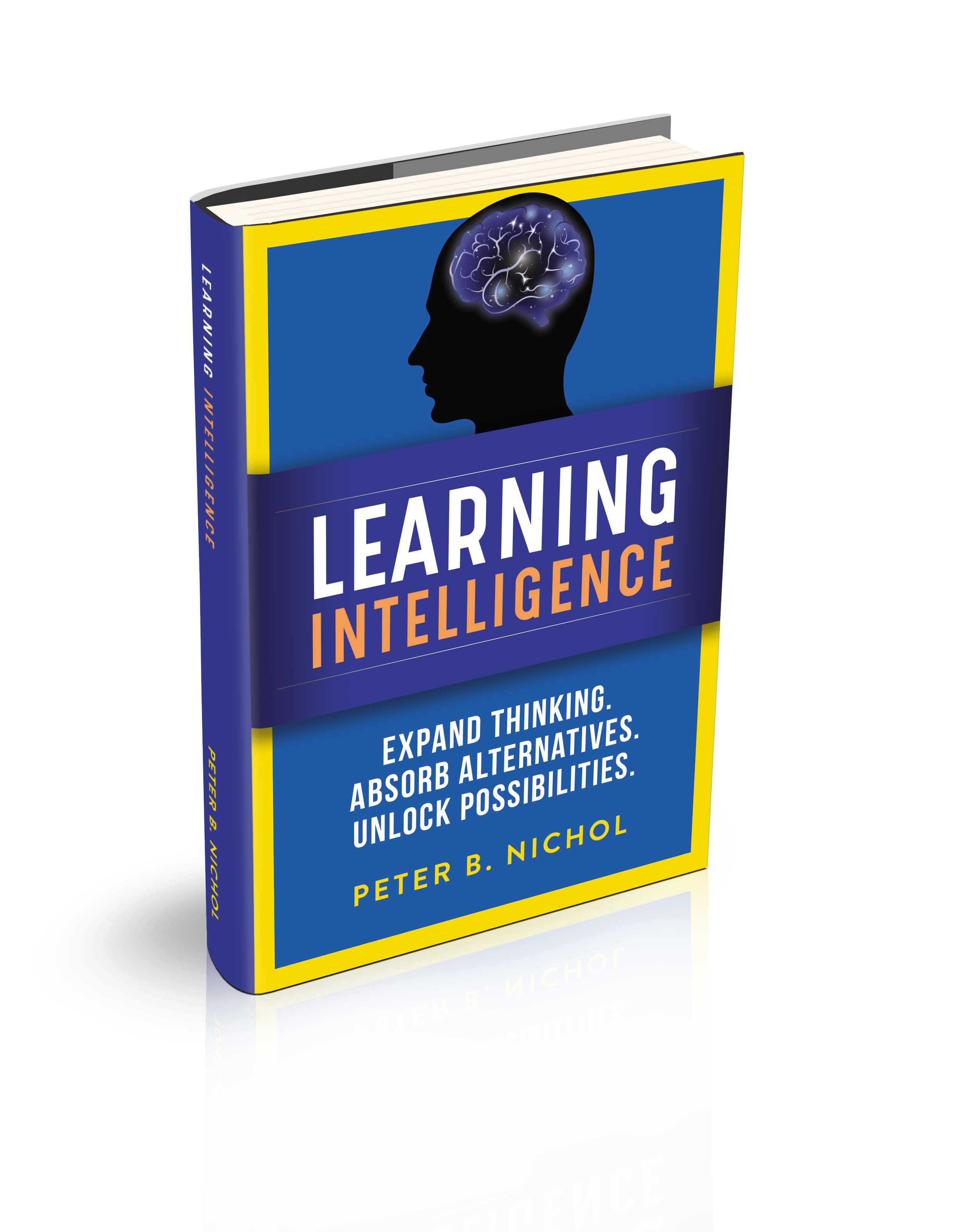CIOs are using a new method to hire their best talent: learning intelligence, which has nothing to do with information security, analytics or big data.
Executives are in a triple-tough spot. They’re boxed in with declining budgets. In addition, they’re rarely able to dedicate adequate time to hire qualified and — more importantly — competent team members. Finally, the positions they look to fill likely weren’t created out of a new need but were vacated by the abrupt departure of prior staff. Shrinking budgets, lack of time and urgent needs are the essence of bad hires.
Ask executives about their experience hiring staff, and you’ll get the ugly duckling who turned into a swan, i.e. how the executive plucked the new hire from the bowels of failure only to groom that recruit into a key leader on his or her team. What’s the hiring story you don’t often hear about? It’s the wretched hiring experiences constrained by budget, time and urgency.
Use these three secrets for success, when hiring digital leaders.
1. Acknowledge that how we traditionally hire doesn’t work
We all like to think we only hire A players. But take a moment and honestly reflect on your last seven or eight hires. Were they truly A players who consistently went above and beyond? Or did they turn out to be normal B players, which are (no surprise) the majority of employees most of us hire? We’ll assume your hiring process has matured over the years and you’re able to weed out the C players.
However, an honest inventory might reveal that you actually hire A players only 20 percent of the time and the rest are B players.
2. Evaluate how you hire
How do you hire for your teams? There are largely three ways that companies hire candidates:
A. Do it: Tell me how you can do the job.
B. See it: Tell me how you did a similar job.
C. Be it: Show me how you can do the job.
The “do it” interview style is a problem-based assessment of competency. These interviews begin with an overview of the company and a brief discussion of the role. Then the interviewer starts to explain a problem that currently needs to be solved. For example, “We have this challenging internal customer who doesn’t follow the prioritization process. How would you handle this situation and get our customer on board with the process?” These are “solve my problem” types of questions. They concentrate on the candidate’s ability to think through problems, regardless of education, experience or background. Candidates with a plausible approach advance to the next round of interviews.
The “see it” interview style is behavior-based. These discussions are framed around scenarios. For example, “Assume you’re the digital manager for a team of 10 engineers. One engineer is constantly late for your project status meetings. What’s your approach to re-engage this team member?” There isn’t a single right answer; however, there are several wrong approaches. This interview style focuses on practical or near-realistic job scenarios the candidate might encounter while in the role. The questioning assumes that past performance is a guarantee of future results.
The “be it” interview style is demonstrative. Executives evaluate candidates within a group setting of multiple candidates. The intent of this interview style is to capture how candidates interact in a performance-driven culture. Usually, groups are assigned specific objectives to analyze, or they perform a series of tasks or present concepts to a larger group. Collaboration with fellow group members is required to be successful. The influence demonstrated within the assessment is similar to the influential skills required to be successful in the job. This interview style concentrates on cohesion, seeking answers to the questions “How well do you get along with others?” and “Can you perform well in a team setting?”
To summarize: The “do it” style translates information within a candidate’s background to the specific role. The “see it” style helps to uncover behavior patterns, highlighting job skill aptitude. And the “be it” style identifies the candidate’s likeability, influence quotient and collaboration skills.
Unfortunately, these three styles don’t work when hiring people for digital leadership roles where digital capabilities are required. Here’s what does work.
3. Hire for intelligence: Learning Intelligence
Learning Intelligence is the capacity to expand thinking, absorb alternatives and unlock possibilities for improved learning agility. The Greek philosopher Heraclitus is remembered for stating, “The only thing that is constant is change.” Ask anyone in the C-suite if they’ve heard that adage, and you’ll receive a light chuckle and a look of contempt for you having the gall to even to raise the question. If Heraclitus’ quote is such common knowledge, why do most if not all modern hiring practices ignore learning intelligence — the ability to learn?
In my new book, Learning Intelligence, I explore the forgotten world of learning intelligence — the ability to learn that we all possess. You’ve read about building your raw intelligence (ability to know) and your emotional intelligence (ability to feel), but what about your learning intelligence (ability to learn)? Learning intelligence is the missing element in hiring in a fast-paced, evolving, digital economy.
Innovative CIOs are hiring for intelligence — but not just any intelligence — learning intelligence. Consider this the next time you’re recruiting new digital talent.
ARE YOU DEVELOPING YOUR LQ?
You’ve read about building your intelligence (ability to know) and your emotional intelligence (ability to feel) but what about your learning intelligence (ability to learn)?
Now Available!
Peter B. Nichol, empowers organizations to think different for different results. You can follow Peter on Twitter or his personal blog Leaders Need Pancakes or CIO.com. Peter can be reached at pnichol [dot] spamarrest.com.
Peter is the author of Learning Intelligence: Expand Thinking. Absorb Alternative. Unlock Possibilities (2017), which Marshall Goldsmith, author of the New York Times No. 1 bestseller Triggers, calls “a must-read for any leader wanting to compete in the innovation-powered landscape of today.”
Peter also authored The Power of Blockchain for Healthcare: How Blockchain Will Ignite The Future of Healthcare (2017), the first book to explore the vast opportunities for blockchain to transform the patient experience.


